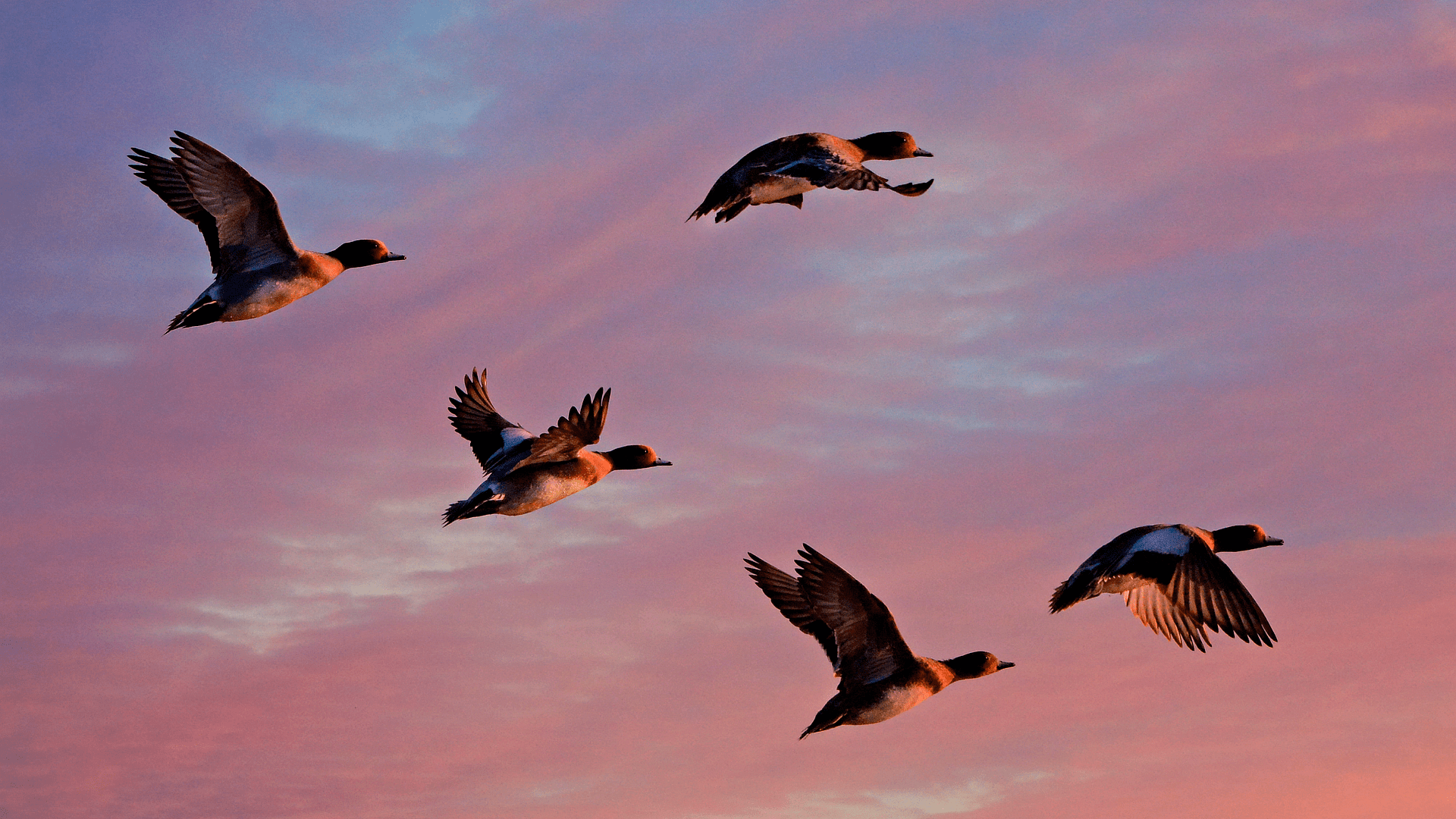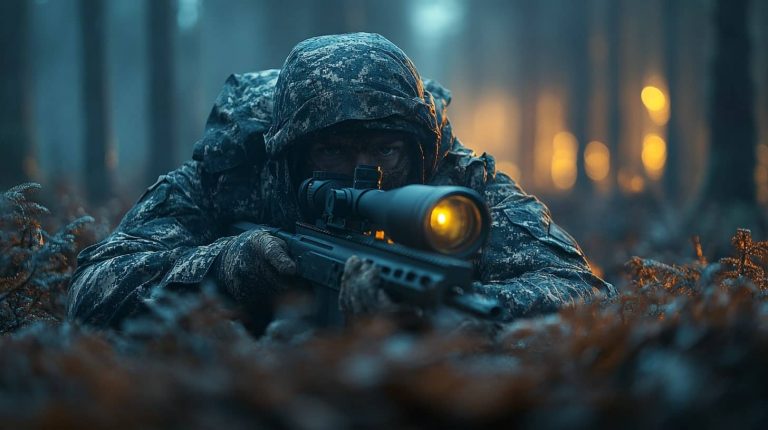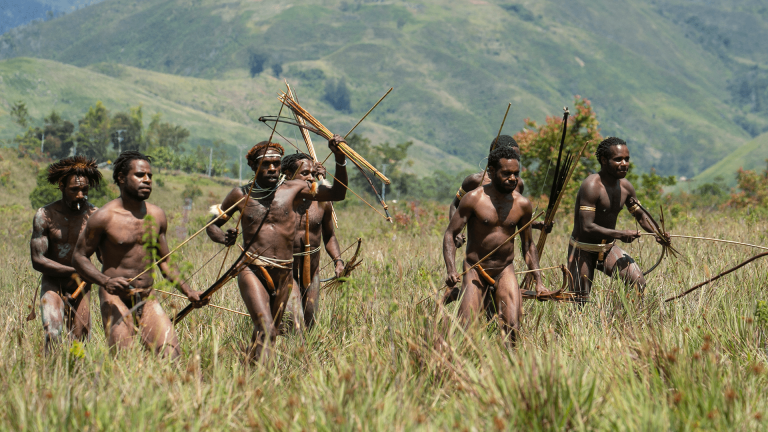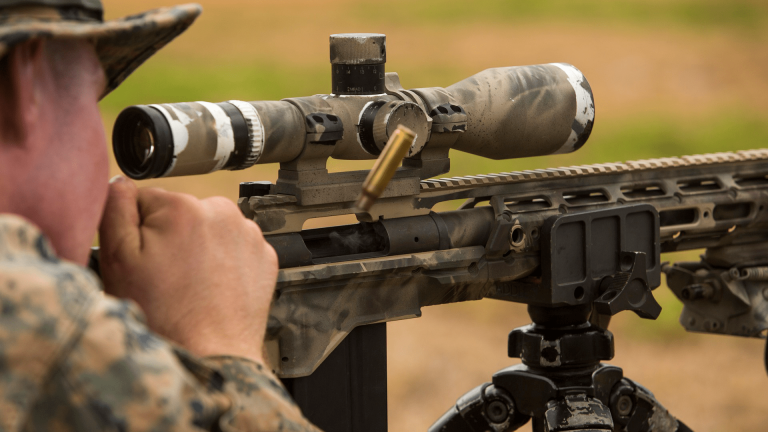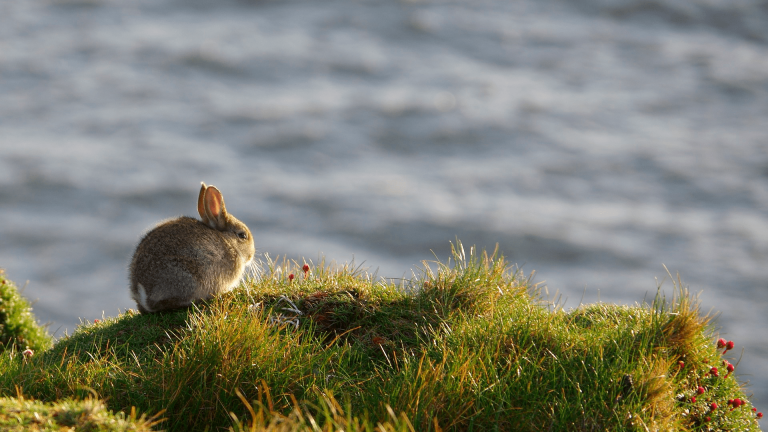Flightlines and other strategies – how to shoot ducks without decoys
Dabbling ducks can be one of the most challenging birds to hunt. As with all types of hunting, there are a variety of ways to approach this pursuit and methods that work better than others. In this post, we’ll take a look at some of the strategies used to hunt these birds, including using flightlines and decoys. When done well, these techniques can increase your chances of bagging a limit on dabbling ducks. So let’s get started!
What are the different types of flightlines and how do they work?
Flightlines are simply lines or pathways that ducks use to fly from one place to another. There are two main types of flightlines: decoy flights and natural flights. Decoy flights are created by setting out decoys in a strategic pattern that ducks will fly towards. Natural flights occur when ducks are already flying in a certain direction and you position yourself in their path.
What are the benefits of using a flightline?
The main benefit of using a flightline is that it allows you to focus your shots on a specific area. This can be helpful if you’re hunting in an area with a lot of cover, as it can be difficult to find birds in all the vegetation. Flightlines also make it easier to shoot multiple ducks, as they will often be flying close together in a line.
How to set up your decoys for the best chance of success
There are a few things to keep in mind when setting up your decoys for a flightline. First, it’s important to choose the right type of decoy. There are many different types of decoys available, so it’s important to select the ones that are most likely to attract the type of ducks you’re hoping to hunt. Second, the number of decoys you use will also play a role in how successful your flightline is. A good rule of thumb is to use about 10-12 decoys per person in your hunting party. Finally, it’s important to set up your decoys in a strategic way. This means placing them in an area that ducks are likely to fly over and arranging them in a way that will make them look as realistic as possible.
How to position yourself for the best chance of success
Once you’ve set up your decoys, it’s important to position yourself in a way that will give you the best chance of success. If you’re using a natural flightline, this means positioning yourself in an area where ducks are likely to fly over. If you’re using a decoy flightline, this means positioning yourself in an area where ducks are likely to fly towards. Either way, it’s important to make sure you’re positioned in a way that gives you a clear shot at the ducks.
How to take your shot
Once you’ve got your decoys set up and you’re in position, it’s time to take your shot. When shooting at ducks on a flightline, it’s important to aim ahead of them. This will allow you to account for their movement and ensure that your shot is accurate. It’s also important to shoot quickly, as ducks on a flightline are often moving quickly and can be difficult to hit if you don’t take your shot quickly.
What to do when ducks are circling your spread
One of the most frustrating things that can happen when hunting ducks is having them circle your spread without committing. If this happens, it’s important to remain calm and wait for them to make a decision. Often, ducks will circle a spread multiple times before finally deciding to land. If you shoot too early, you’ll likely miss the duck and spook the others. It’s important to be patient and wait for the ducks to make their decision.
What to do when ducks are coming in too fast
Another common problem that hunters face is ducks coming in too fast. This can make it difficult to shoot them, as they’re often moving too quickly for a shot. If this happens, it’s important to remain calm and take your time. Often, the duck will slow down as it gets closer to your spread. If you wait for it to do this, you’ll have a better chance of making a clean shot.
